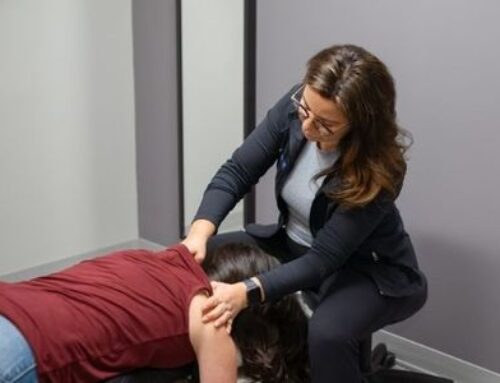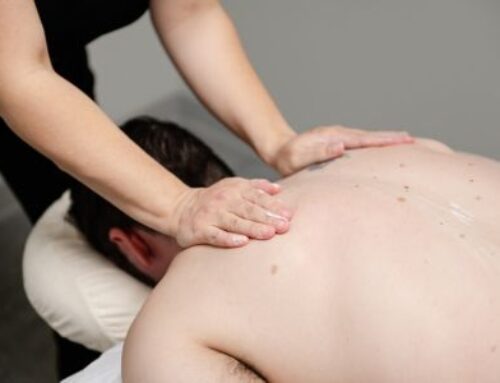“Moving for life”… what does that mean?
Is it moving for your life time, or moving in a way that helps you in your day to day life? Well, both! And I want to help you figure out how to do it.
I find that people enter my treatment room, and begin with the request to have me take their pain away. That is something I love to do, but only just enough so that then we can begin the real work. Because if we dig into their backgrounds, lives at home, hobbies they enjoy, their families, etc., we then learn that they want to be able to move in certain ways and for certain amounts of time to carry all of this out.
And while we are learning about those things, we are also seeing the areas in their lives that may be holding them back from “moving for life”:
Areas like nutrition, sleep patterns, mental health, daily activities, stress levels, and so on.
So, in that beginning exchange, we have pinpointed so much more than their area of pain. We have identified their “why”s, as well as areas in their life we can potentially build on.
And my “why” for all of this is so that we can begin to truly understand our bodies, what they need from us, and how to take care of them in a sustainable way.
Like I said, I would tell you how to do all of this. So let’s get into it.
Both moving for your lifetime and moving in a way that helps you in your day to day life require a few things:
- Understanding that physical activity and structured exercise are different things…and we need both.
- Knowing your body and what is asking of you.
- Knowing what you’d like the rest of your life to look like.
The first one might look like the easiest to figure out among those three, but in my experience working with patients, it really is just as complex as the two vague sentences following it.
So, today we will start there. (with parts 2 and 3 in posts to follow)
What is the difference between physical activity and structured exercise?
Physical activity is us moving throughout our day with no certain structure; walking up and down the stairs, playing with pets and/or children, working on household projects, weekly chores, gardening or mowing the lawn, etc.
Structured exercise is the intended resistance training, cardiovascular work, physical therapy, etc. that we fit into our week for whatever our purpose or goal is.
I truly like to group all of it together often and just call it movement, because that’s what it all is and it should all be celebrated. But, with the understanding that we need to sprinkle both forms in our days and not just pick one.
Let me explain.
If you have a job that keeps you sitting all day, having that time before or after work to go to the gym or your favorite workout class is wonderful, but we want to support your body for longevity by finding ways for you to get that unstructured movement throughout the day.
On the flip side, if you don’t necessarily take part in structured exercise, but keep your body generally in motion throughout the day, that is also wonderful. But, we can keep you at a much lower risk of injury in your life if we can incorporate some resistance training or cardiovascular work.
What are some things you can try today to help support this concept?
- 20 minutes of yoga or a moderately paced walk in the morning
- Post dinner walks around the block
- Get on the floor with your kids or pets and play
- Take a handful of stretch or walk breaks from your desk each day
- Go to an exercise class with a friend 1-2x a week
- Do one household chore per day – added benefit of a clean home!
- Pick up a sport or outdoor hobby for each season (I love cross country skiing in the winter)
Soon, we will get into the details of knowing what your body is asking of you in order to better move for life.





